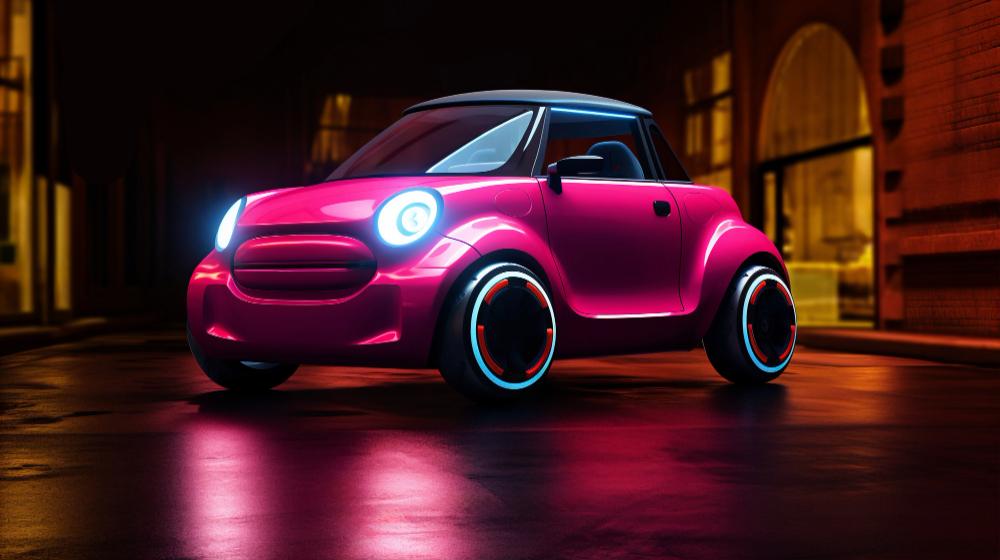Before the EV Craze There Was the MD-SX

In the world of Japanese microvans and kei trucks, practicality often takes the front seat—quite literally. But every once in a while, a manufacturer dares to blur the lines between function and flair. The Daihatsu MD-SX is one such experiment, a fascinating blend of utilitarian design and futuristic ambition that deserves a closer look.
A Concept Born Ahead of Its Time
Unveiled at the 2001 Tokyo Motor Show, the Daihatsu MD-SX wasn’t just another compact van. It was a concept vehicle that sought to imagine the future of urban mobility. Daihatsu, known for its innovation in the kei car segment, used the MD-SX to showcase how even a small vehicle could offer big ideas.
From the outset, the MD-SX stood out. With its sleek, angular body, hidden sliding doors, and sci-fi-like interior, it looked more like a vehicle from a cyberpunk movie than something from a modest automaker. Daihatsu made it clear: the MD-SX wasn’t trying to imitate the mainstream—it was carving its own path.
Design: A Bold Leap Forward
While many microvans stuck with the traditional “box on wheels” formula, the MD-SX embraced aerodynamics and asymmetry. Its low, forward-leaning stance and smoothed-out corners gave it a dynamic feel, while the glass-heavy cabin flooded the interior with light. The use of bold color schemes and futuristic materials further emphasized that this wasn’t your average people mover.
Inside, the MD-SX broke convention even further. It featured a central digital display, modular seating, and a driver-centric layout that echoed some of the era’s premium sedans. The idea was to provide the utility of a van with the comfort and tech of a much larger vehicle.
Function Meets Innovation
Despite its concept status, the MD-SX was highly functional. It offered ample cargo space, flexible seat arrangements, and a compact footprint ideal for tight urban environments. Daihatsu envisioned it as a mobile office, a family car, or even a personal lounge on wheels—versatility was key.
Powertrain details were limited, but given the era and Daihatsu’s expertise, it likely featured a small-displacement engine paired with a CVT or automatic transmission, designed to maximize efficiency without compromising urban maneuverability.
Legacy and Influence
The MD-SX never made it to production, but its spirit lived on. Elements of its design and layout can be seen in later Daihatsu models like the Tanto and Move Canbus, both of which embraced style and user-focused innovation in the kei segment.
More broadly, the MD-SX is a reminder that concept cars serve a deeper purpose. They don’t just preview future models—they challenge conventions and spark new ideas. In that regard, the MD-SX was a success. It told the world that small cars can dream big.
Conclusion: A Van with Vision
While the Daihatsu MD-SX may have faded into concept car history, its legacy is far from forgotten. In an automotive landscape now dominated by compact crossovers and electric city cars, the MD-SX feels oddly prophetic. It was playful yet purposeful, compact yet confident.
- Vibnix Blog
- Politics
- News
- Liberia News
- Entertainment
- Technology
- Educación
- Art
- Causes
- Crafts
- Dance
- Drinks
- Film
- Fitness
- Food
- Juegos
- Gardening
- Health
- Home
- Literature
- Music
- Networking
- Other
- Party
- Religion
- Shopping
- Sports
- Theater
- Wellness



